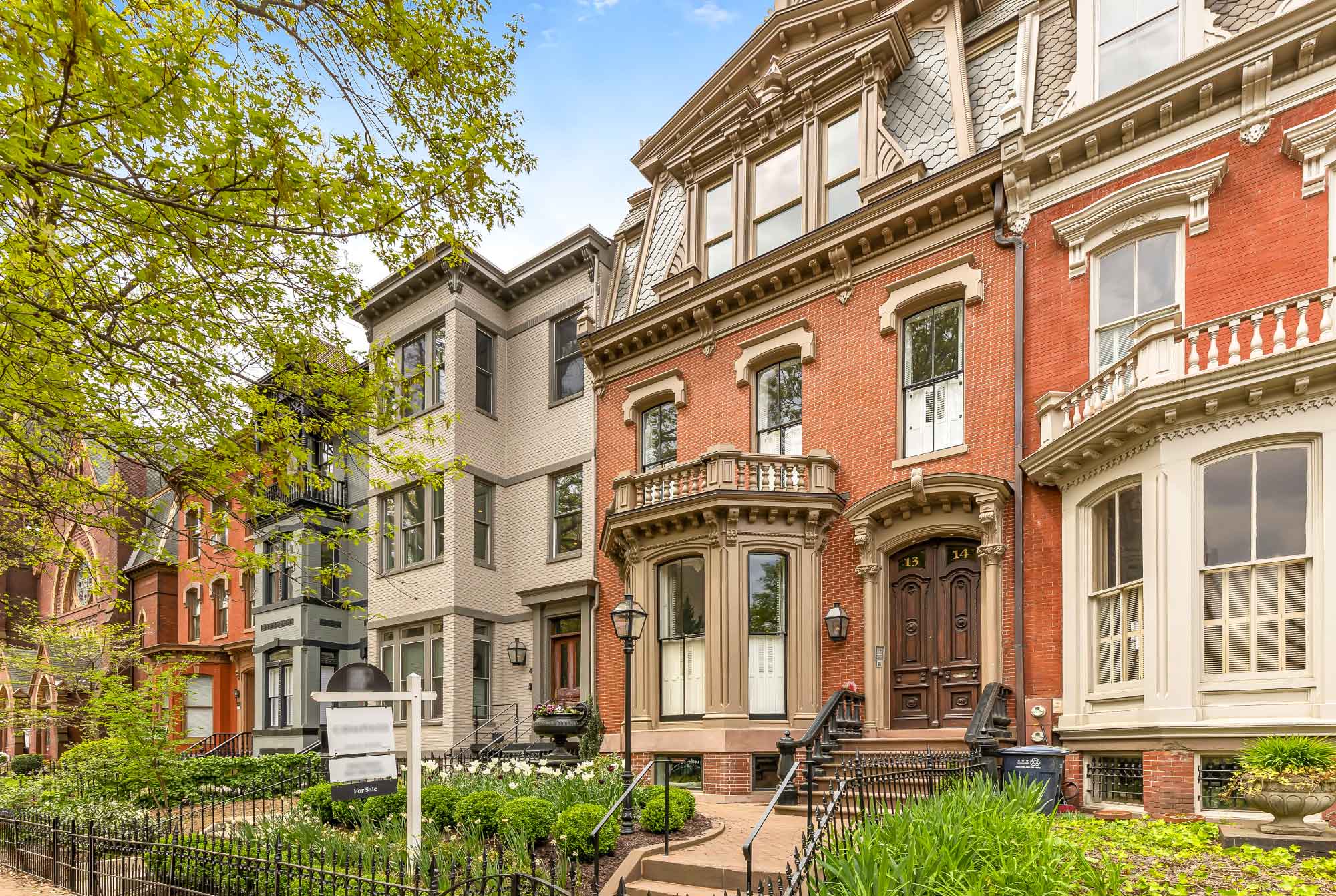Your Guide to Living in DC
Things are looking up: the world is opening back up, summertime is just around the corner, and DC is buzzing with excitement and activity once again. Whether you’re relocating to the area or looking to brush up on your local insight, we are here for you! Keep reading for our guide to living in DC and around our Nation’s Capitol today.
Hottest neighborhoods in town:
To get more for your money: Mt. Pleasant is one of the last budget-friendly areas in the Northwest quadrant of DC. It’s a safe, low-key neighborhood that offers a great combination of daytime activities and nightlife for young professionals, including many popular eateries. Renters in this area find that they get more space for their dollar compared to most other DC neighborhoods.
For the trendy buyer: Shaw is a hipster hub in all the best ways. It’s known for its craft cocktail bars, beer gardens, trendy restaurants, and unique clothing boutiques. Home to the 1910 Howard Theatre, Shaw entertains music and culture in all forms. You can find attainable living communities such as co-living apartments that instill a strong community vibe.
For a more suburban feel: Located in Montgomery County, Maryland, just 7 miles outside Washington, DC, Bethesda is one of the most beautiful and unique communities in the region. Known for its affluence and natural beauty, Bethesda is named for the Pool of Bethesda in Jerusalem. Bethesda is known for the National Institutes of Health and National Naval Medical Center. It has so much more to offer, including amazing education opportunities, an exciting urban center, and close-knit, family-friendly neighborhoods.
Getting around:
One of the best ways to experience Washington, DC is on foot. The city’s wide sidewalks meander past the inspiring monuments and museums found on the National Mall, as well as the intimate museums, world-class theaters, and splendid gardens in the city’s collection of neighborhoods.
Not big on walking? The most commonly used transportation systems for getting around the DC area are supervised by the Washington Metropolitan Area Transit Authority (WMATA). This organization was founded in 1967 and serves area residents, commuters, and visitors almost all day, seven days per week. Trips are paid through aSmarTrip account, either by a reloadable plastic card or mobile pay. This national capital area system includes Metrorail, Metrobus, and the DC Circulator. For specific directions in utilizing WMATA services, check out their Trip Planner.
And for those who prefer to explore on two wheels, Capital Bikeshare has over 350 stations across DC, Virginia, and Maryland. Its fleet includes more than 3,000 bicycles, and the system is easy: simply join (options range from a Day Key to a year-long membership) and access bicycles 24 hours a day. The first 30 minutes of each trip is free, with each additional half hour incurring a fee.
Things to do:
If you’re interested in the DC cultural scene, you won’t want to miss the Smithsonian National Museum of Natural History. Arguably one of the most famous museums in the city (if not the country), this iconic institution features a wide range of exhibits. Here, you can see everything from dinosaurs and prehistoric creatures to mummies and early human artifacts (to name just a few).
When it comes to food, DC doesn’t disappoint. Because people from many countries call this city home, you can enjoy culinary delights from around the world. Indulge in a leisurely French brunch (complete with mimosas) at the beloved Le Diplomate, pick up Italian treats or a pizza from il Canale in the Georgetown area, or check out Reren for ramen and Asian fusion.
Other beloved restaurants in DC include Cane, which serves up Caribbean cuisine, The Alibi, which features sandwiches and barbeque (including some vegetarian options), and Ambar, which is known for its inventive take on modern European cuisine.
And speaking of eating, foodies near and far should be sure to check out Eastern Market when exploring DC. This vibrant space is a market and a community hub all in one. Tuesday through Sunday, you can pick up local meats, poultry, seafood, cheese, produce, pasta, bread, and baked goods. On the weekends, experience live music and entertainment while you shop. In addition to its eclectic dining options, Eastern Market vendors also sell flowers, antiques, jewelry, and handmade arts and crafts.

Put Us To Work For You
Book a consultation with our team today.
